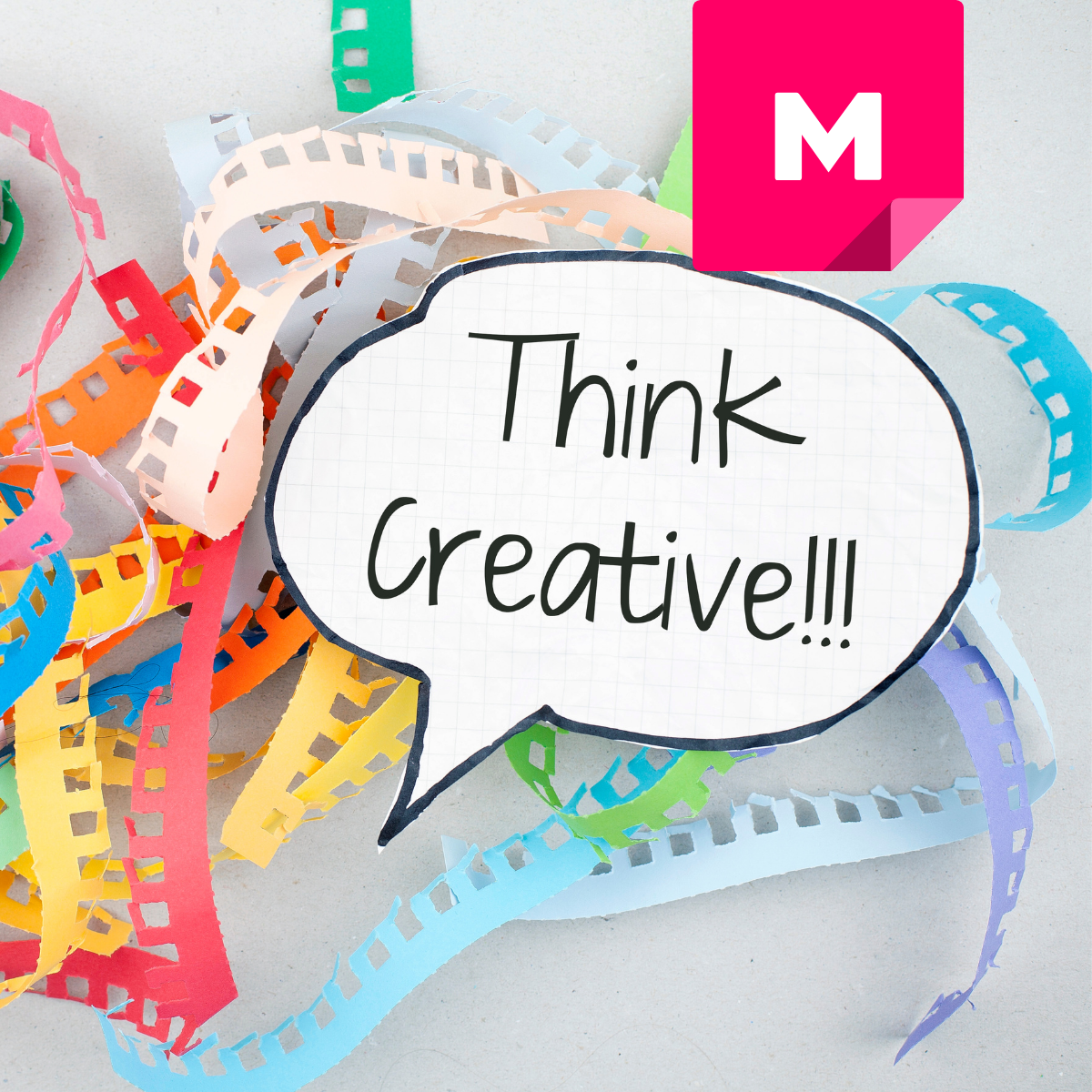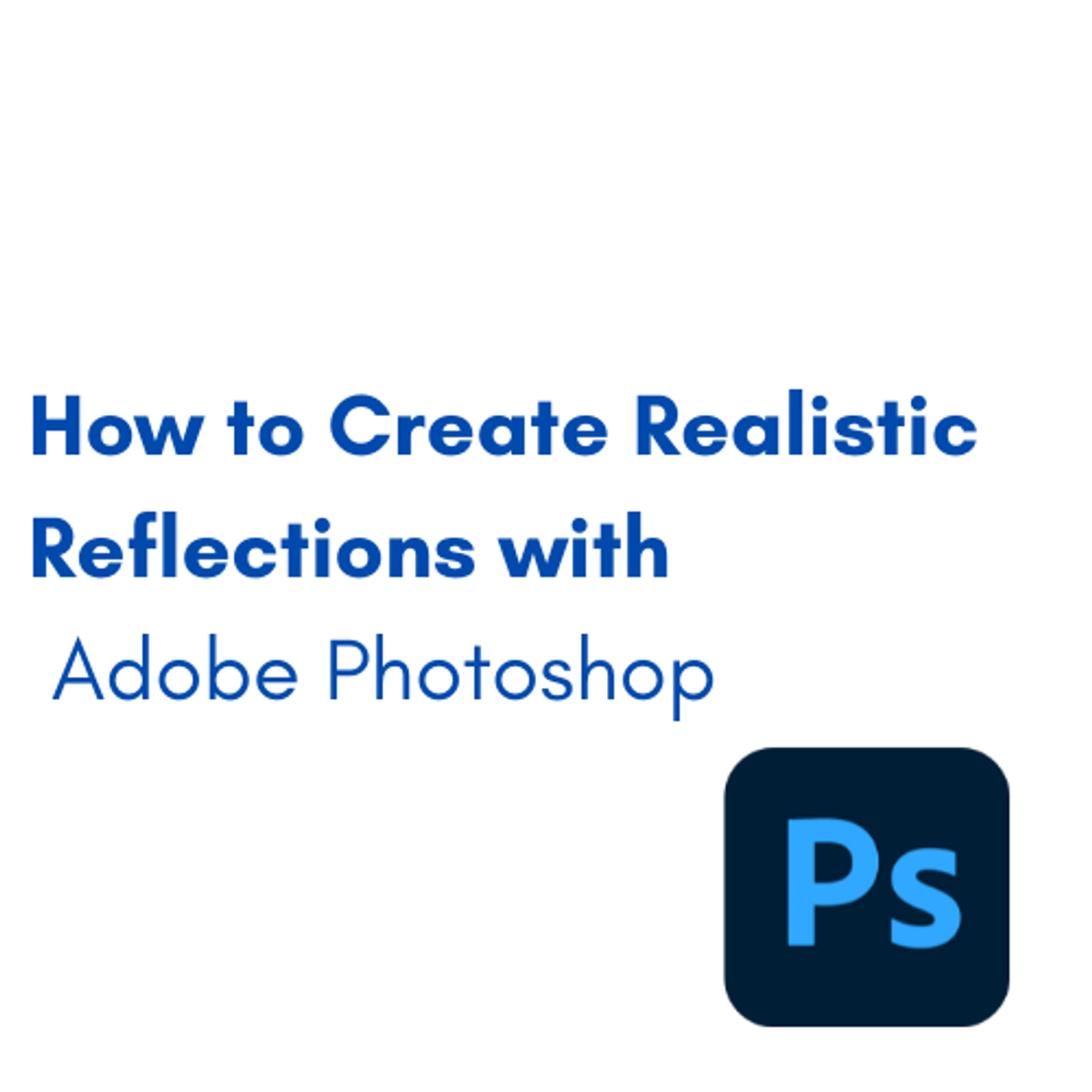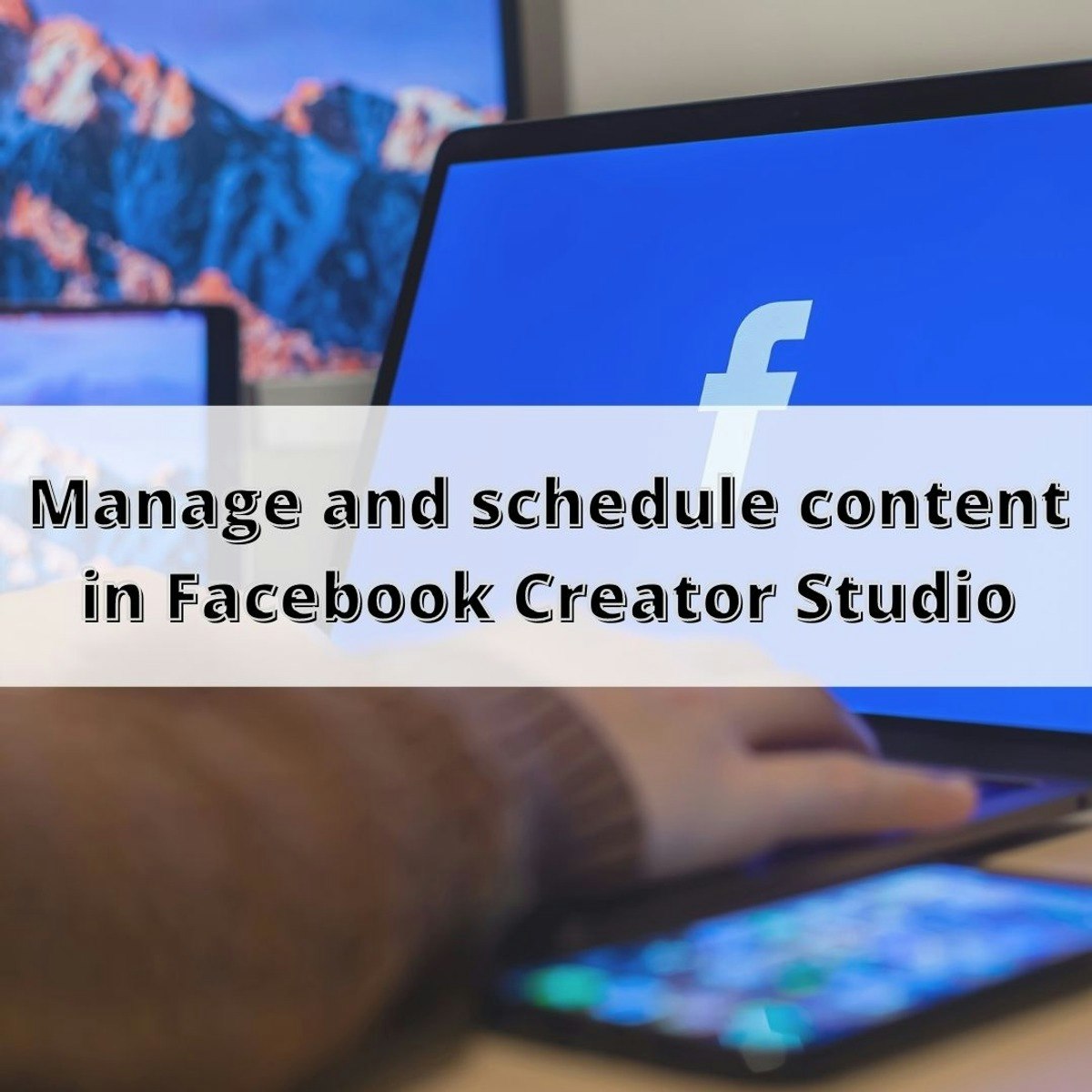Back to Courses









Design And Product Courses - Page 2
Showing results 11-20 of 512

Design thinking for beginners with Mural
This project allows you to use the design thinking approach through the templates offered by Mural, an online tool for creating professional graphic designs and remote work. You will understand the various features of the platform and you will have all the basic skills to innovate and find solutions for your professional project with ease.
User Experience: Research & Prototyping
What makes for a great user experience? How can you consistently design experiences that work well, are easy to use and people want to use? This course will teach you the core process of experience design and how to effectively evaluate your work with the people for whom you are designing. You'll learn fundamental methods of design research that will enable you to effectively understand people, the sequences of their actions, and the context in which they work. Through the assignments, you’ll learn practical techniques for making sense of what you see and transform your observations into meaningful actionable insights and unique opportunity areas for design. You’ll also explore how to generate ideas in response to the opportunities identified and learn methods for making your ideas tangible. By answering specific questions and refining your concepts, you’ll move closer to making your ideas real. We’ll use cases from a variety of industries including health, education, transportation, finance, and beyond to illustrate how these methods work across different domains.
Good luck and we hope you enjoy the course!

How to Create Realistic Reflections with Adobe Photoshop
After we finish this project, you will be able to create a reflection of any landscape you like whether it’s in the morning or evening, and add different effects to it using Photoshop.
Throughout the project, you will be able to use basic tools like the transform tool and you will identify layers on Photoshop.
This is for anyone who is a beginner level designer that is interested in adding some life to a boring picture they want to use. It can also be for photographers who want to add a little bit of spark and brighten up photos they took on a trip.
This project will be fun and super simple, it helps turn a picture in your imagination into reality. It will also help anyone who wants to launch a new product in their collection, but didn’t have the right setting during a photoshoot. The tools we will learn together will help us create a reflection to amplify the photo. It will turn from a normal image to an artwork with a few small edits. Adobe Photoshop is used to bring your imagination to life. It’s where you can unlock your creativity and use innovative features to create avant-garde graphics for your projects.

Getting Started with Azure DevOps Boards
In this guided project, you will create and setup an Azure DevOps project; add teams to your project; create, import, and manage work items; customize the project’s boards; and explore different views of your work items, and organize them into sprints.
Note: This course works best for learners who are based in the North America region. We’re currently working on providing the same experience in other regions.

Manage Idea Generation with Brainwriting in Miro
By the end of this project, you will be able to team idea generation with brainwriting techniques in Miro.
To do this, you will gain hands-on experience applying guided brainstorming strategies to create a brainwriting visualization through in the Miro online visual collaboration platform for teamwork.
Note: This course works best for learners who are based in the North America region. We’re currently working on providing the same experience in other regions.

Introduction to User Experience Principles and Processes
This UX course provides an introduction to the fields of UX research and design. Learners will gain an understanding of what is involved in UX research, including conducting interviews, evaluating systems, and analyzing systems using principles of good design. Learners will also learn about the work involved in UX Design, including the generation of promising design solutions and the creation of prototypes at multiple levels of fidelity. By interleaving successive phases of UX Research and Design, learners will see how to learn from inevitable mistakes and improve towards a product with a great UX.
What you'll learn:
- The skills needed for UX research and design
- How UX researchers discover and assess user needs and assess possible designs
- How to conduct a micro-usability test
- How UX designers use sketching and prototyping to develop design concepts
- How to incorporate a user-centered focus into the design process
- Key features of human behavior and describe their impact on the design of interactive systems
- Techniques for critiquing and designing interactive systems based on human capabilities and behavior

Relational Modeling in Dia
In this course you will learn to interpret and draw a relational model through hands-on exercises using a diagramming tool called “Dia”. You will complete the final step in the database design process as you convert the logical design documented in an Entity Relationship Diagram into a Relational Model. During the conversion, you will investigate relational modeling rules and practice modeling techniques as you learn to resolve one-to-many and many-to-many relationships using foreign keys and bridge tables. Your final Relational Model will become the blueprint for creating a database and its tables. Since data is at the center of any information system, knowledge and understanding of database design will serve you well as a database user or a database designer.
Note: This course works best for learners who are based in the North America region. We’re currently working on providing the same experience in other regions.

Digital Systems: From Logic Gates to Processors
This course gives you a complete insight into the modern design of digital systems fundamentals from an eminently practical point of view. Unlike other more "classic" digital circuits courses, our interest focuses more on the system than on the electronics that support it. This approach will allow us to lay the foundation for the design of complex digital systems.
You will learn a set of design methodologies and will use a set of (educational-oriented) computer-aided-design tools (CAD) that will allow you not only to design small and medium size circuits, but also to access to higher level courses covering so exciting topics as application specific integrated circuits (ASICs) design or computer architecture, to give just two examples.
Course topics are complemented with the design of a simple processor, introduced as a transversal example of a complex digital system. This example will let you understand and feel comfortable with some fundamental computer architecture terms as the instruction set, microprograms and microinstructions.
After completing this course you will be able to:
* Design medium complexity digital systems.
* Understand the description of digital systems using high-level languages such as VHDL.
* Understand how computers operate at their most basic level (machine language).

Create Process Flowchart using LibreOffice Draw
By the end of this project you will have used LibreOffice Draw to flowchart a process. Flowcharts are commonly used to design new programs and systems by using symbols and arrows to show the flow of the steps in a process. Flowcharts are great visual tools for analyzing and documenting a process.
Note: This course works best for learners who are based in the North America region. We’re currently working on providing the same experience in other regions.

Manage and schedule content in Facebook Creator Studio
In this project, learners will learn how to manage and schedule your content in Facebook Creator Studio. Facebook Creator Studio has all of the tools that you need together, for you to be able to publish your content, manage it, monetize it and measure your content. You can do all of that for all of your Facebook pages and Instagram accounts. Facebook Creator Studio is the perfect tool to manage your social media presence completely free and in a platform that lets you do it all. In this project you will have the opportunity to learn how you can be effective in your social media management skills and how to take advantage of the tools that you have in hand already. If you are looking into getting better with social media this is the guided project for you. Facebook Creator Studio it's free and available for you if you have a Facebook page.
Popular Internships and Jobs by Categories
Find Jobs & Internships
Browse
© 2024 BoostGrad | All rights reserved